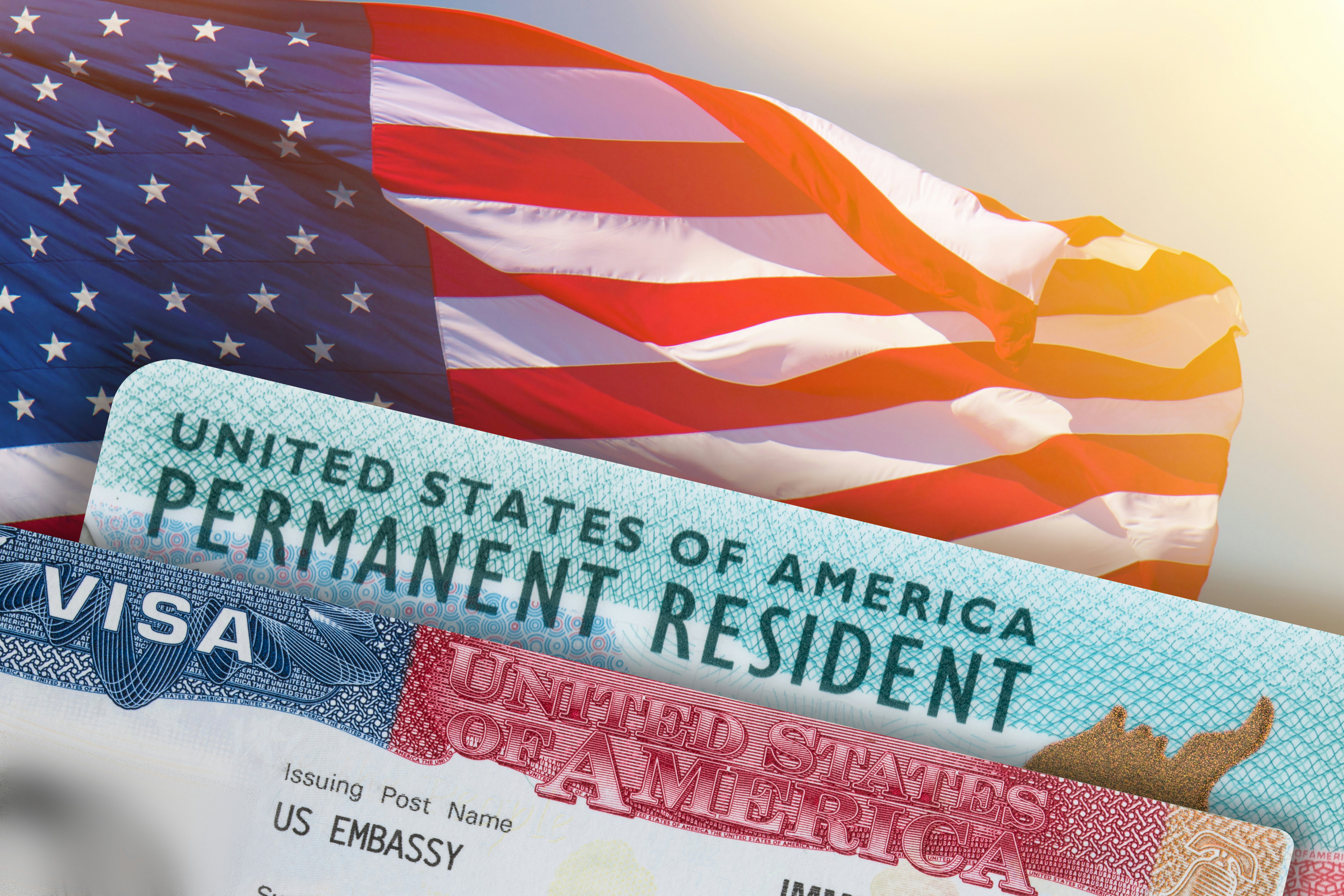Blueprint for Opportunity series policy recommendations
Cities and states, like nations, are engaged in a ferocious competition for talent, whether they recognize it or not. Immigrant communities make cities and states more innovative and enterprising, fill essential jobs, enrich communities, sustain local economies that would be shrinking without them, and promote prosperity and opportunity for residents. State and local governments should pursue intentional welcoming policies to attract immigrants and other newcomers and create conditions in which they can thrive and contribute.
Our Recommendations:
- States and localities should infuse comprehensive welcoming messages into all interactions with immigrants and other newcomers
- Localities should provide high-quality dedicated information resources for immigrants
- States and localities should partner with colleges and universities to promote pathways to transfer foreign training and credentials
- Localities should support English-language learning
- States, localities, and private-sector partners should provide quality refugee resettlement assistance
Immigrant communities have kept many U.S. cities and metros from experiencing population shrinkage in recent decades, thereby helping revitalize local businesses and downtowns. Almost 20% of U.S. metros would have seen population declines between 2010 and 2021 without immigration but grew because of it.
But some cities and metro areas far outperform others in welcoming immigrants and creating conditions for newcomers to thrive, as a new Bush Institute-SMU Economic Growth Initiative report shows. While newly arriving immigrants tend initially to choose traditional “gateway” metros, mostly on the East and West coasts, foreign-born people making secondary moves within the United States are disproportionately moving away from traditional gateways into metros in the Sun Belt, Plains, and Mountain States – and to suburban counties. Immigrants are voting with their feet, moving to localities that have intentional policies to welcome them and to expand opportunity for everyone, native-born and foreign-born alike.
States and localities should pursue the following targeted policies to help immigrants learn, earn, belong, and contribute:
States and localities should infuse comprehensive welcoming messages into all interactions with immigrants and other newcomers
Cities should create community-wide engagement on how to make themselves welcoming places for newcomers. Localities should develop programs to celebrate immigrants and their contributions, engage business communities in recruiting and serving immigrants, welcome immigrant students in existing schools and through specialized programs, and acknowledge the distinctive experiences of refugees.
Localities should provide high-quality dedicated information resources for immigrants
Cities should have welcoming offices and related infrastructure within or associated with local government, offering comprehensive information resources in relevant languages. Dedicated offices should connect job seekers to local employers and aspiring immigrant entrepreneurs to resources like microlending, mentoring, and incubator programs. Cities and states should offer programs to streamline pathways for immigrants legally resident in the United States to become naturalized citizens, voters, and active participants in public life, since citizenship helps immigrants become more productive contributors to local economies and communities. Cities should also offer legal assistance to help immigrants navigate immigration law issues. Cities that score high for welcoming policies tend to attract above-average net in-migration of foreign-born people from elsewhere in the United States and to enjoy better well-being among immigrants living there, Bush Institute research [LINK] shows.
States and localities should partner with colleges and universities to promote pathways to transfer foreign training and credentials
States and cities should create more streamlined pathways for immigrants to transfer degrees, licenses, and other credentials they’ve earned in their origin country and put their skills to work in the United States. Just 36% of immigrants who earned a bachelor’s degree or higher in their origin country and have been in America six years or longer are fully using skills acquired before coming to the United States and earning commensurate income. Fully 25% are working in jobs that don’t use their skills at all or are unemployed, according to the American Immigration Council and partners. America’s cities have more than 165,000 immigrants with degrees in health care-related fields who aren’t using these skills. High-skilled immigrants who transfer credentials can help address skills shortages in health care, technology, and manufacturing; earn an additional $27,000 on average; and add to the tax base of their cities.
Localities should support English-language learning
Speaking English well is the best predictor of immigrants’ labor market engagement, even stronger than legal status. It’s also the most powerful predictor of whether immigrants are fully using credentials they earned in their home country. But only 49% of immigrants arriving between 2010 and 2019 speak English “very well” today, according to U.S. Census Bureau data. Cities should make a wide variety of high-quality English language classes available and raise awareness of them, recognizing that the largest obstacle for many immigrants is class availability at manageable times and places, an Indianapolis survey shows. Cities should include targeted outreach to immigrant girls and women in view of the additional obstacles they sometimes face in learning English.
States, localities, and private-sector partners should provide quality refugee resettlement assistance
Successful resettlement helps refugees to become productive workers and loyal residents. Cities and local communities should invest in robust refugee resettlement programs, particularly in view of the large numbers of refugees and asylum-seekers arriving from Afghanistan, Ukraine, Venezuela, and other countries. Existing resettlement efforts, mostly carried out by nonprofit agencies with public-sector funding, are stretched thin today. Resettlement efforts need to address the unique mental health issues that many refugees face because of traumatic experiences in their origin countries. Resettlement programs should also aim to place refugee families in relatively high-opportunity, affordable locations to maximize their ability to thrive over the long term. This often means settling in fast-growing, increasingly diverse suburban localities rather than core cities.
Conclusion
Immigrants have contributed tremendously to prosperity and opportunity in U.S. cities throughout America’s history.
The best measures states and localities can take to support immigrant well-being are to pursue education, housing, and business regulation policies that expand opportunity for everyone, foreign-born and native-born alike.
In addition to the recommendations above, our research shows cities and states should focus on strengthening local schools, community colleges, universities, and other knowledge-generating anchor institutions. This means insisting on excellence and data-based accountability in public schools; expanding pathways to the workplace; stepping up public-sector support for university and medical research; and promoting the role of anchor institutions in technology commercialization and local economic development.
Local governments should also focus on increasing housing production and affordability through more growth-oriented land-use policies, streamlined development processes, and wider reliance on public-private partnerships in subsidized housing development.
And cities and states should aim to be great places to build a business. This means reforming excessive permitting processes, labor regulations, and occupational licensing rules and maintaining competitive local tax rates
Cities that succeed best in attracting newcomers – immigrant and native-born alike – and creating conditions for them to thrive will likely achieve outsized prosperity in coming decades, as they have always done.
































